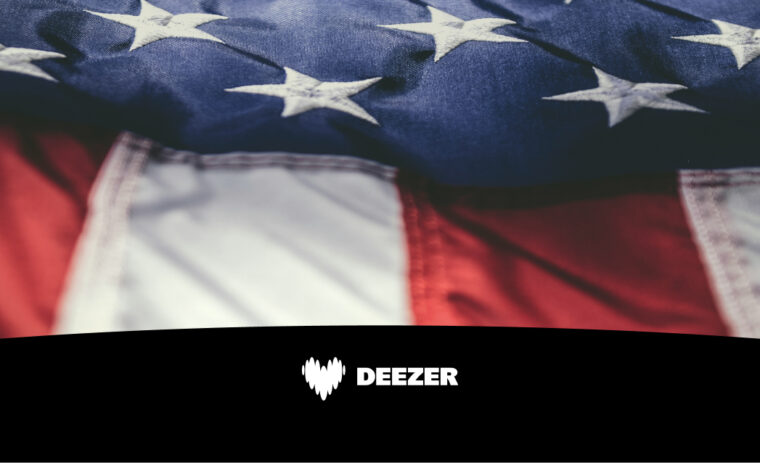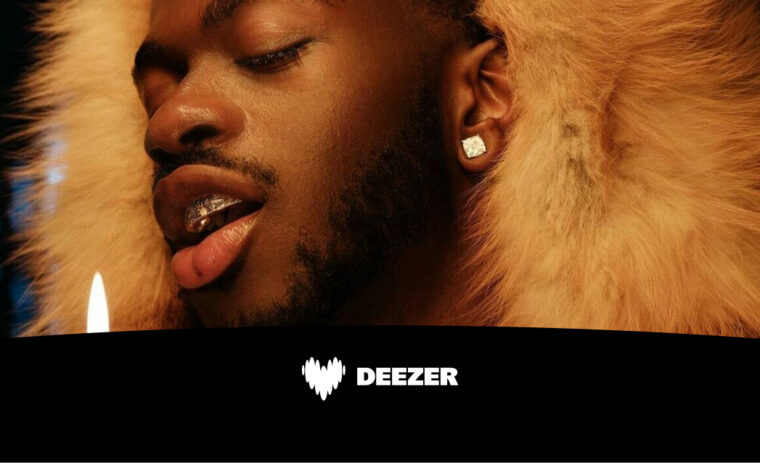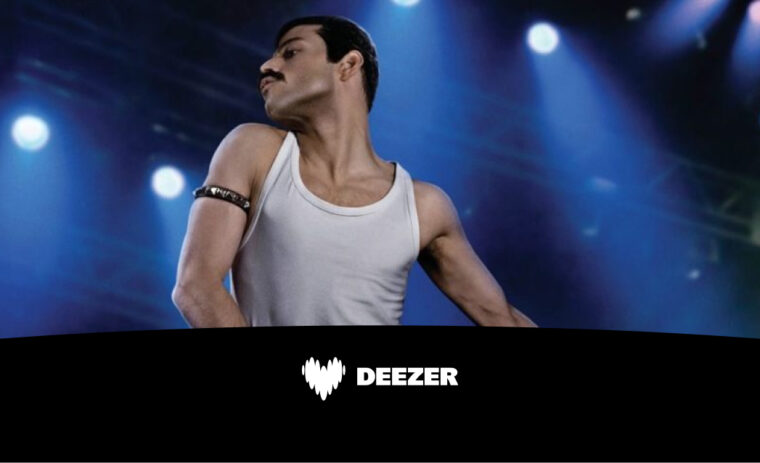Hip-hop has come a long way since its birth in the Bronx. What started as a few DJs scratching records evolved into a huge cultural force that is part of the US mainstream. Read on to discover who started hip-hop and how it became what it is today — and all the fascinating lore.
The Bronx origins of hip-hop
On the night of August 11, 1973, a party raged in the rec room at 1520 Sedgwick Avenue in the Bronx. Inside, 18-year-old DJ Kool Herc laid a couple of copies of James Brown’s Sex Machine on his turntables. For the first time in front of a large audience, Herc performed his new technique: spinning records and “scratching” the vinyl back and forth to extend the percussion breaks. As soon as the break on one record stopped, he’d stop it and start the second, allowing the drum break to continue, rolling back the first record on the turntable to where the break started, so he could do it all again and create a continuous percussion effect. The crowd ate it up, and soon Herc had fans and imitators, including a couple of local DJs known as Grandmaster Flash and Afrika Bambaataa. Hip-hop history was made.
In the fifty years since the origins of hip-hop, the genre has developed far beyond those house party roots, influencing all aspects of pop culture, including fashion, film, art, literature, and music. So how did this underground movement grow into one of the most dominant cultural forces in the US, if not the world?
The first hip-hop artists’ opening lines
When Herc’s extended break beats hit, it seemed only natural when Coke La Rock and others in the neighborhood began taking the mic and rhyming over the rhythms. These MCs, as they called themselves, soon became a regular feature at events, along with the dancers who accompanied them with syncopated, acrobatic moves like down rocks and head spins. (Breakdancing will debut as an Olympic sport at the 2024 Paris Olympics.)
Early hip-hop and rap performances were focused on block parties, backyards, community centers, and dance clubs. It wasn’t until The Sugarhill Gang’s 1979 “Rapper’s Delight” that a rap song hit the US Top 40. In 1981, New York punk-rockers-turned-chart-toppers Blondie featured a rap in the middle of their 1981 hit “Rapture,” which became the first rap song to reach #1 on the Billboard Hot 100.
Hip-hop was taking off.
Flow takes hold
As the 1980s took hold, hip-hop continued to grow. In 1982, Bambaataa released the single “Planet Rock” featuring samples from the German electronic band Kraftwerk, further expanding the genre’s sonic repertoire.
By 1986, hip-hop entered its golden age. The release that year of Run-D.M.C.’s third album, Raising Hell, included a cover version of 70’s hard rockers Aerosmith’s “Walk This Way,” which became the first song by a rap group to reach the Top 5 on the Billboard Hot 100 charts. In December 1986, the Beastie Boys released “Fight For Your Right,” and hip-hop’s conquest of American suburbia began.
Over the next few years, groundbreaking New York artists like Big Daddy Kane, Queen Latifah, and Eric B. & Rakim emerged. Rakim’s smooth delivery and multisyllabic rhymes broke new ground, establishing flow as a new standard for rappers and MCs. In 1988, Public Enemy’s second album, It Takes a Nation of Millions to Hold Us Back, became the first hip-hop album to win the Village Voice magazine’s annual poll for best album. The following year, the group’s song “Fight the Power” opened Spike Lee’s acclaimed movie, Do the Right Thing. That same year, De La Soul’s debut album, 3 Feet High and Rising, brought a brighter, sunnier sound to a genre previously dominated by gritty, street-focused rhymes.
Hip-hop’s possibilities continued to expand sonically as well as geographically.
West Coast chimes in
For the first few years of the 1980s, rap and hip-hop continued to be centered in New York, but in 1987, NWA emerged out of south-central Los Angeles. Featuring Ice Cube, Dr. Dre, and Easy E, N.W.A.’s rhymes focused on harsh realities like drugs, police brutality, sex, and violence. Tracks like “Straight Outta Compton” and “Fuck Tha Police” established the subgenre of gangsta rap, which would dominate the LA scene. After NWA broke up, Dr. Dre’s Death Row Records soon made stars out of artists like Snoop Dogg, Warren G, and Tupac Shakur. Dr. Dre’s own solo debut, The Chronic, received widespread critical acclaim, with its hit, “Nuthin’ but a ‘G’ Thang,” reaching #2 on the Hot 100.
A real rivalry soon developed between West Coast and East Coast artists. In 1993, Sean “Puffy” Combs founded Bad Boy Records, launching the career of The Notorious B.I.G. (aka Biggie) with 1994’s album Ready to Die, highlighted by hits “Juicy” and “Big Poppa.” Meanwhile, groups like The Wu-Tang Clan and The Fugees fused rap with new spins on old sounds like reggae and jazz, while Philadelphia’s The Roots experimented with live instrumentation instead of electronic beats.
The East-West rivalry exploded with violence in September 1996 when Tupac Shakur was shot and killed in Las Vegas. A few months later, in the early morning of March 9, 1997, an unknown assailant fired a 9mm pistol into Biggie’s SUV. Within thirty minutes, Biggie was dead. Sixteen days later, his second album, Life After Death, dropped. It soon reached #1 on the Hot 100, but the golden age of hip-hop had died with him.
Rhymes for the new millennium
As the 2000s approached, rap and hip-hop expanded in possibility and popularity. Artists like Jay-Z, Outkast, Eminem, Kanye West, and Destiny’s Child led the way on the pop charts. Regional subgenres developed, such as Memphis crunk, Atlanta snap rap, and Brooklyn drill. Hip-hop soon took hold worldwide, with British and French hip-hop scenes making contributions and artists across Latin America, Africa, and Asia adding their own spins.
Back in the US, Kendrick Lamar’s fourth studio album, DAMN., won the Pulitzer Prize for Music in 2017, becoming the first non-classical, non-jazz album to do so. Hip-hop surpassed rock in popularity, according to Nielsen Music reporting.
Today, artists like Kendrick Lamar, Beyoncé, Drake, Nicki Minaj, and Megan Thee Stallion are all in their prime. We can expect the hip-hop of the 2020s to bring new innovations. But no matter where in the world the new MCs and DJs come from, there’ll always be a piece of the Bronx in hip-hop’s heart.
Read on the same subject:






